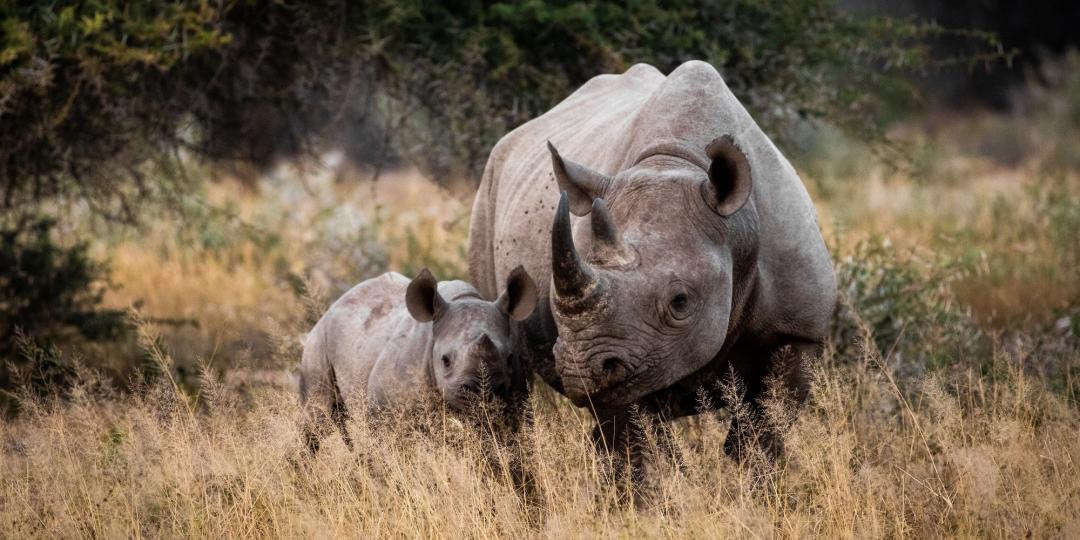With World Rhino Day being celebrated today, September 22, the spotlight turns on to the extraordinary collaborative efforts made to protect this threatened species and its value to the tourism industry and natural heritage of Africa.
In South Africa, one of the world’s most important rhino range states, Minister of Forestry, Fisheries and the Environment, Barbara Creecy, pointed out that private landowners are now custodians of around 60% of the country’s rhino population compared with 30% in 2012.
“In terms of the country’s overall rhino conservation plan, the private sector is playing an increasing role in South Africa and the rest of Africa. At present, the private sector is conserving about 60% of South Africa's national herd. Therefore, government takes building partnerships and relationships of utmost importance in the conservation of this iconic species,” Creecy said in a press statement marking World Rhino Day.
Joe Cloete, CEO of Shamwari Private Game Reserve in the Eastern Cape, agreed that saving Africa’s rhinos would require a multidimensional strategy where private game reserves co-operated with national parks, and anti-poaching efforts worked in tandem with education campaigns and, although the approach wasn’t new, he said a concerted effort must be made to develop and expand it.
“It’s what General Johan Jooste did in the Kruger National Park, where the national park integrated its anti-poaching efforts with those of nearby private reserves. He understood the need for education campaigns to get the surrounding communities on side and challenge the myths that create demand for rhino horn.”
Cloete said that the strategy was being rolled out to other regions of the country.
“For example, at Shamwari we co-operate with all the surrounding reserves, including the Addo Elephant National Park, sharing intelligence and expertise. We also do a lot of community work on the reserve as well as running outreach programmes. The aim of these is to inform the community that a live rhino is an asset that keeps bringing employment and income to the region. One that’s killed for its horn brings little, if any, benefit to surrounding communities.”
Cloete said events such as World Rhino Day were important to focus attention on rhino conservation and that while poaching was an immediate and serious threat, it was not the only one.
“At the moment the poaching of animals for their horns is rightly the primary focus of rhino conservation, but there’s little point in winning this battle if we lose the war. Human encroachment on rhino habitat is also a problem and, over the long-term, ensuring sufficient wilderness spaces for rhinos to survive and flourish is also important.”
Cutting-edge tech to stop syndicates
South Africa’s integrated anti-poaching strategies have been bolstered by the introduction of technological innovations such as CMORE, which makes use of real-time insights and analytical capability through camera trap systems. More efficient collection of information, along with improved crime intelligence systems, are also being harnessed by both the public and private sectors, resulting in increased capacity to identify those involved in rhino poaching and trafficking, according to Creecy.
From a biological management point of view, the department, in partnership with the Rhino Management Group and all relevant stakeholders, is in the process of revising the Biodiversity Management Plans for Black and White rhinos.
“An additional important measure of recent success in the management of the rhino meta-population has been the successful translocation of 27 rhino from South Africa to the Zinave National Park in Mozambique,” Creecy said.
This landmark rewilding initiative is the result of a partnership between Mozambique’s National Administration for Conservation Areas, Peace Parks Foundation and Exxaro Resources, in collaboration with the governments of South Africa and Mozambique.























